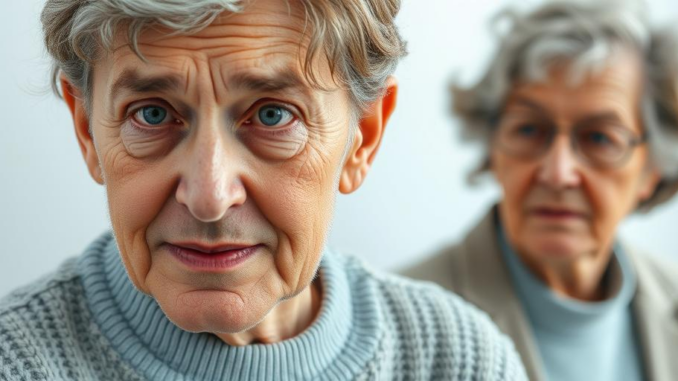
Summary
The FDA initiated a limited recall of certain acne products due to benzene contamination. The AAD released a statement acknowledging the ongoing research and advising on safe benzoyl peroxide practices. This article explores these developments and their impact, alongside recent advancements in geriatric care.
** Main Story**
So, there’s been a bit of a buzz lately about benzene showing up in some acne products, something that the FDA and the American Academy of Dermatology (AAD) are addressing.
The FDA announced a limited recall of some over-the-counter acne treatments after finding benzene, which, as you know, is a known carcinogen. Specifically, they tested 95 benzoyl peroxide (BPO) products and found elevated levels in a few. The good news? It’s a retail-level recall, so stores are pulling products off shelves. You don’t need to chuck out your stuff immediately, but keep an eye out. The FDA is saying the cancer risk is low, even with daily use over the long haul, that said, it’s still concerning.
Meanwhile, the AAD put out a statement highlighting their ongoing research into how benzene forms in these BPO products. They’re stressing the importance of following storage instructions and, obviously, talking to a dermatologist for personalized advice. Importantly, they mentioned that most of the BPO products tested were fine. Which is reassuring, right?
Benzene in Acne Treatments: What’s the Real Worry?
BPO is super common in acne stuff. The problem? Benzene can pop up as a byproduct, especially if the product gets too hot or isn’t stored right. That’s what sparked the FDA’s investigation. Although there are limits set for benzene in other products, its presence in acne treatments – especially those used by people with sensitive skin – is something we can’t just ignore. It’s definitely something worth thinking about.
Switching gears slightly, let’s talk about a completely different, but equally important area: advances in geriatric care. Technology is moving so fast, and it’s creating some amazing possibilities for improving the quality of life for older adults. From what I’ve seen, bringing technology into homes, assisted living, and healthcare facilities can make a real difference.
- Wearable Tech: Think smartwatches and fitness trackers. They’re not just for counting steps anymore. These gadgets can monitor vital signs, activity levels, and even detect falls, sending real-time data to caregivers. It’s like having a constant health check that they can wear. Early detection, right? It makes a big difference. My grandmother uses one of those devices, I haven’t heard her speak badly of it anyway.
- Telemedicine and Remote Monitoring: Telemedicine has been a game-changer. Older adults can now get medical advice, follow-up appointments, and prescription refills without even leaving home. It’s way less stressful than trekking to the doctor’s office, especially if they have mobility issues. Remote monitoring, like blood pressure and heart rate monitors, keeps tabs on their health and alerts caregivers to any significant changes, such as blood pressure or heart rate changes.
- Medication Management and Smart Home Systems: Smart home devices and medication management systems can give older adults more independence. Automated pill dispensers and reminder apps help manage medications, so no more missed doses or accidentally doubling up! Smart home tech handles lighting, temperature, and security, making everything safer and easier. It’s about giving them control over their environment, which is a big deal. If you ask me.
- AI and Robotics: AI and robotics are moving fast. They can help with daily tasks, boost communication, and provide companionship. AI algorithms can analyze patient data to spot potential health problems and customize care. Robots can even help with personal hygiene, medication reminders, and social interaction. I read an article the other day about a robot that was designed to help elderly people be more social in elderly homes. It’s kind of fascinating and a little bit scary if you ask me.
Staying Safe and Ethical in a Tech-Driven World
But, here’s the thing: all this tech in geriatric care raises some serious questions about privacy and autonomy. How do we protect patient data and ensure ethical practices? It’s crucial that healthcare pros, tech developers, and policymakers talk to each other and work together to develop and implement technologies that improve lives while respecting rights and dignity. It really is a collaborative effort, or it should be, because how can one person know how to develop something without consulting the end user, and how can the end user know what is available if a developer doesn’t introduce it to them?


Benzene and wrinkles, the double-edged sword of aging! So, do we risk a little carcinogen for the fountain of youth, or embrace the wrinkles and hope for the best? Asking for a friend… who’s turning 40. Again.